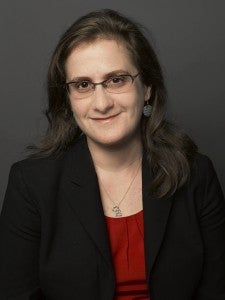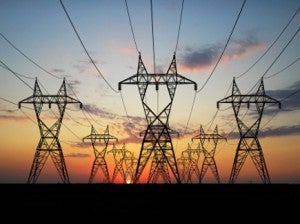 Last year, the trade association for the utility industry, the Edison Electric Institute (EEI), published a whitepaper on the disruptive challenges facing the utility industry. In summary, EEI’s thesis was that the existing utility business model (centralized, fossil-fuel based generation) is under threat from on-site, distributed generation as more customers switch to cleaner, and often cheaper, solar power. The white paper poses an important question: How can utilities acquire the revenue needed to keep the electric grid humming and provide reliable power to all customers if a growing number of people are producing their own electricity?
Last year, the trade association for the utility industry, the Edison Electric Institute (EEI), published a whitepaper on the disruptive challenges facing the utility industry. In summary, EEI’s thesis was that the existing utility business model (centralized, fossil-fuel based generation) is under threat from on-site, distributed generation as more customers switch to cleaner, and often cheaper, solar power. The white paper poses an important question: How can utilities acquire the revenue needed to keep the electric grid humming and provide reliable power to all customers if a growing number of people are producing their own electricity?
In business, one of the most difficult problems that companies face is how to adapt a successful business model to technological or social changes that threaten that business model. Wang, Unisys, DEC and Amdahl were all big computer companies in the 1970’s that clung to an obsolete business model in the face of distributed computing. IBM and HP, on the other hand, adapted their business models and generally thrived.
Over the past year, we have seen several utilities tackling this challenge head-on by investing in distributed, renewable energy projects. In September, I wrote about how NextEra and NRG were voluntarily developing solar investments and how Direct Energy and Viridian were investing in solar installations developed by SolarCity. Read More















